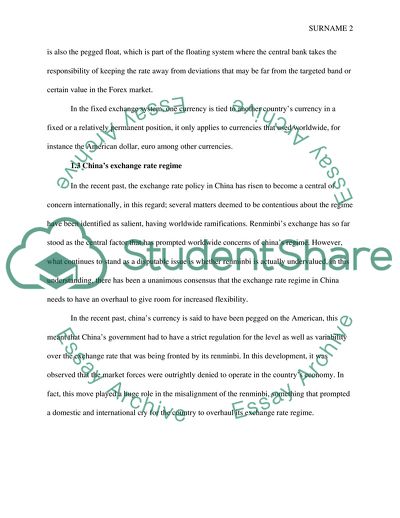Cite this document
(China's exchange rate regime Research Paper Example | Topics and Well Written Essays - 2000 words, n.d.)
China's exchange rate regime Research Paper Example | Topics and Well Written Essays - 2000 words. https://studentshare.org/finance-accounting/1840172-chinas-exchange-rate-regime
China's exchange rate regime Research Paper Example | Topics and Well Written Essays - 2000 words. https://studentshare.org/finance-accounting/1840172-chinas-exchange-rate-regime
(China'S Exchange Rate Regime Research Paper Example | Topics and Well Written Essays - 2000 Words)
China'S Exchange Rate Regime Research Paper Example | Topics and Well Written Essays - 2000 Words. https://studentshare.org/finance-accounting/1840172-chinas-exchange-rate-regime.
China'S Exchange Rate Regime Research Paper Example | Topics and Well Written Essays - 2000 Words. https://studentshare.org/finance-accounting/1840172-chinas-exchange-rate-regime.
“China'S Exchange Rate Regime Research Paper Example | Topics and Well Written Essays - 2000 Words”. https://studentshare.org/finance-accounting/1840172-chinas-exchange-rate-regime.


